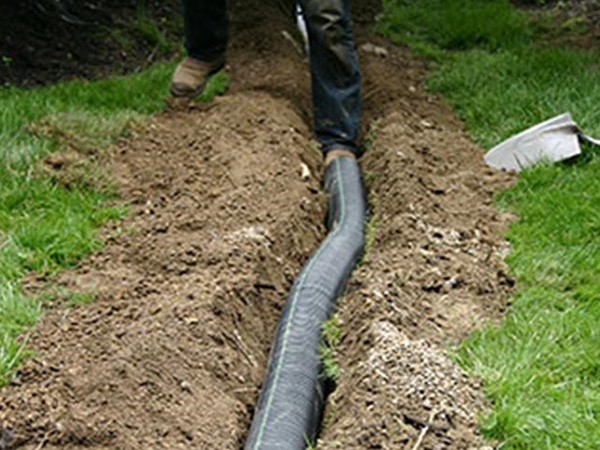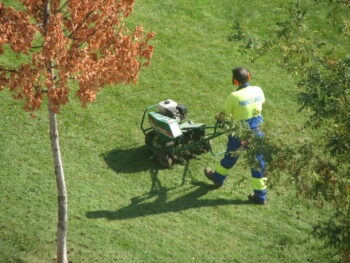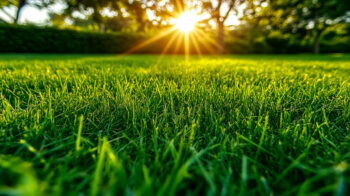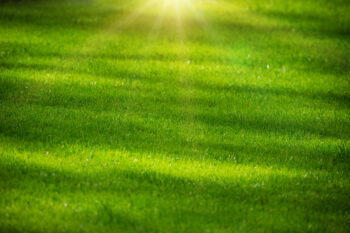Poor drainage can drown your flowers and affect your garden plants. Improve the drainage situation to prevent creating hazards and destroying your plants. The following steps help you transform the poorly drained area into an amazing looking garden.
Gardening in wet areas has drawbacks, but it offers great possibilities. Having an extremely damp area in your property poses problems to your gardening venture. Turn the situation to your advantage by designing a suitable drainage system that makes your garden thrive.
Click here to visit our service page for garden landscaping.
Understanding the underlying factors enables you to improve the growing conditions or choose the right plants that thrive in high moisture content areas. Areas with severe drainage need soils with plenty of organic matter. Besides, you can build raised beds on the wet ground, and fill them with well-drained fertile soil mix. The commonly preferred method is a french drain.
How to improve poor drainage in your garden
Dig a trench
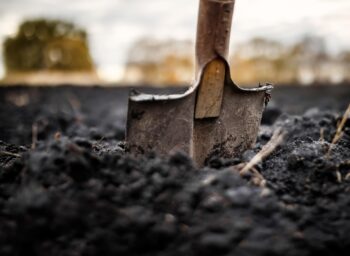
Changing a site with poor drainage is labor-intensive, and requires excavating the soil before installing underground plastic pipes or tiles.
Dig a trench to the desired location. The trench should be one or two inches wider than the pipe you want to install.
Spread gravel
Ensure the tench is deep enough to enable the pipe to lie below the frost line. Spread the gravel a few inches in the bottom before raking it smooth.
Place your pipe
After raking the gravel smooth, place the PVC drainage pipe on the gravel and ensure the holes are facing downwards. Connect your pipe lengths using joints where necessary.
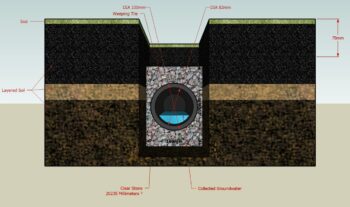
Cover, seal the trench to protect the pipe
Cover the whole drainage pipe using roofing paper to seal the joints. The cover also protects the pipe from external damage.
Fill the soil to surface level
Add 3 inches of gravel to cover. Fill up the trench with topsoil to the surface level.
Camouflage outlet
At the pipe outlet, cover your drainage field with moisture-loving groundcover and stones. Take care not to block the pipe. You can place a wire mesh over the pipe opening to ensure critters don’t get into the pipe.
Clean the debris off the cover end to ensure there is no debris blocking the mesh. Some gardeners love to nurse turtle pet on their gardens. In these case installing drain should perform with special design. Install turtle tank and make drainage adjustable with the best turtle tank filter.
Poor drainage can destroy your garden after heavy rain. Garden drainage ensures there is oxygen getting to the plant roots, improving the health of your plants.
Most poor drainage issues are because of clay soil. Having standing water after a torrential downpour also affects drainage. Naturally, clay soil is denser than loamy or sandy soil. Therefore, clay soil allows slow filtering of rainwater.
Other solutions include:
- Drainage wells
- Creating a berm to redirect the water flow
- Creating a rain garden
- Rain barrels
Conclusion
You can read about the poor drainage in garden solutions and choose the most preferred option that is most convenient for you. Another idea is to hire expert drain cleaners or plumbers or do the work yourself if you have the time and the tools necessary. Good drainage supports healthy plants and makes your garden to flourish. Feel free to contact professionals if you have problems.

